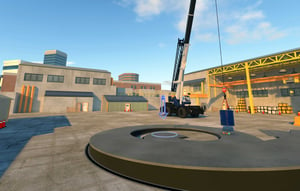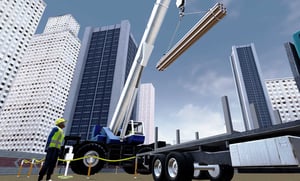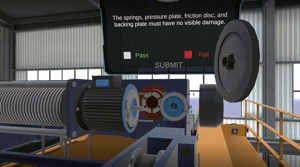
Explore the Best VR Crane Simulator
Leverage technology to supercharge your lift handling training, assessments, and professional development with ITI Simulations.

1,000+
Learning Scenarios (and growing!)
12
Crane Models (with more to come!)
10
Construction Hazard ID Training Domains

REQUEST AN ONLINE DEMO
Contact your ITI Training Solutions Advisor to learn more about the ITI VR Crane Simulator.Virtual Reality Crane Simulations
The ITI VR Crane Simulator offers the world's most robust crane simulation library with over 1,000 training scenarios across 12 crane and equipment models built to OEM specifications.

Construction Hazard Identification
A VR administered assessment to prepare for the National Safety Council (NSC) endorsed Hazard Identification Certification.

Inspection & Technician
Build skills and assess competency with immersive simulations for individuals working around construction sites and on overhead cranes.



